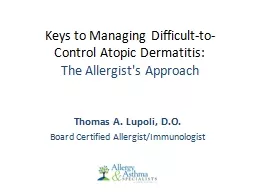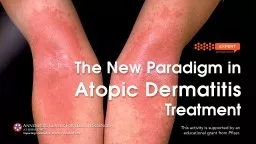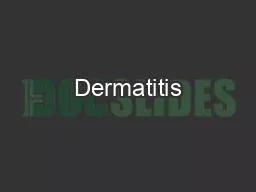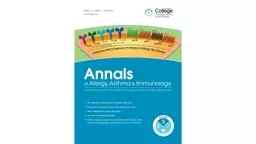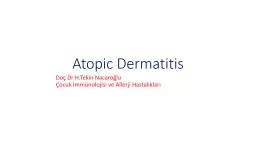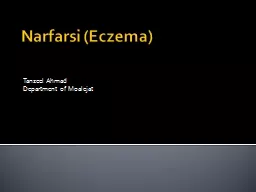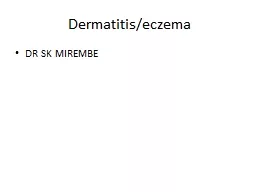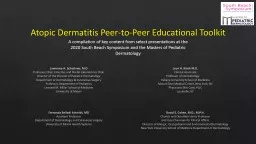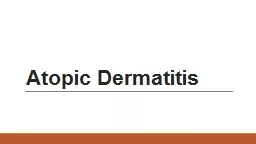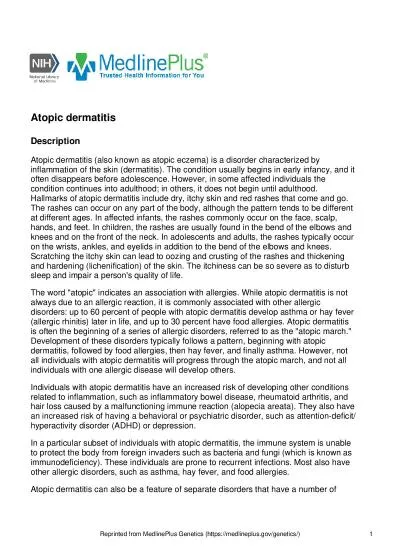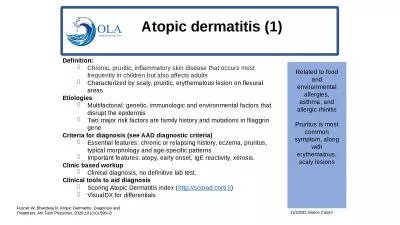PDF-Atopic dermatitisIntroduction definitionAtopic dermatitis is charact
Author : sadie | Published Date : 2022-09-07
119 is a common and frequently familial inflammatory dermatosis which usually appears during infancy or early childhood and is often associated with other atopic
Presentation Embed Code
Download Presentation
Download Presentation The PPT/PDF document "Atopic dermatitisIntroduction definitio..." is the property of its rightful owner. Permission is granted to download and print the materials on this website for personal, non-commercial use only, and to display it on your personal computer provided you do not modify the materials and that you retain all copyright notices contained in the materials. By downloading content from our website, you accept the terms of this agreement.
Atopic dermatitisIntroduction definitionAtopic dermatitis is charact: Transcript
Download Rules Of Document
"Atopic dermatitisIntroduction definitionAtopic dermatitis is charact"The content belongs to its owner. You may download and print it for personal use, without modification, and keep all copyright notices. By downloading, you agree to these terms.
Related Documents


